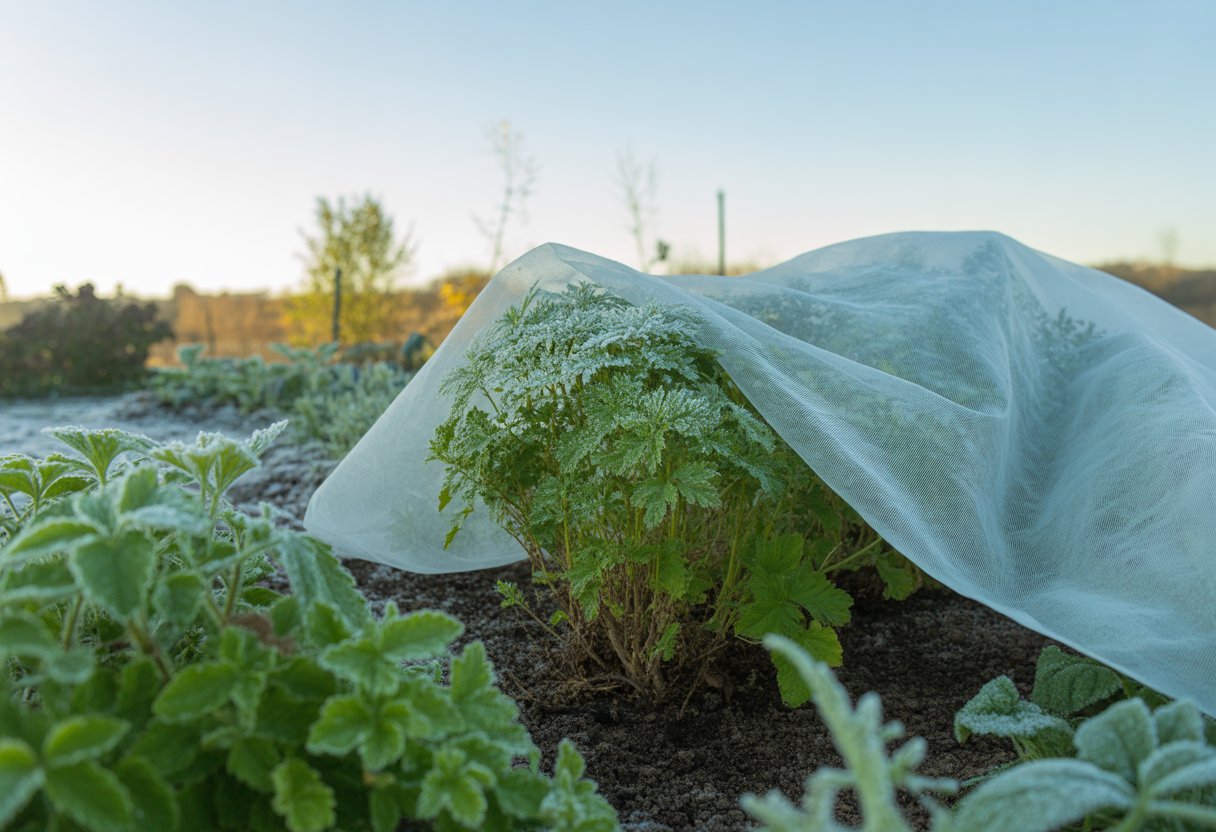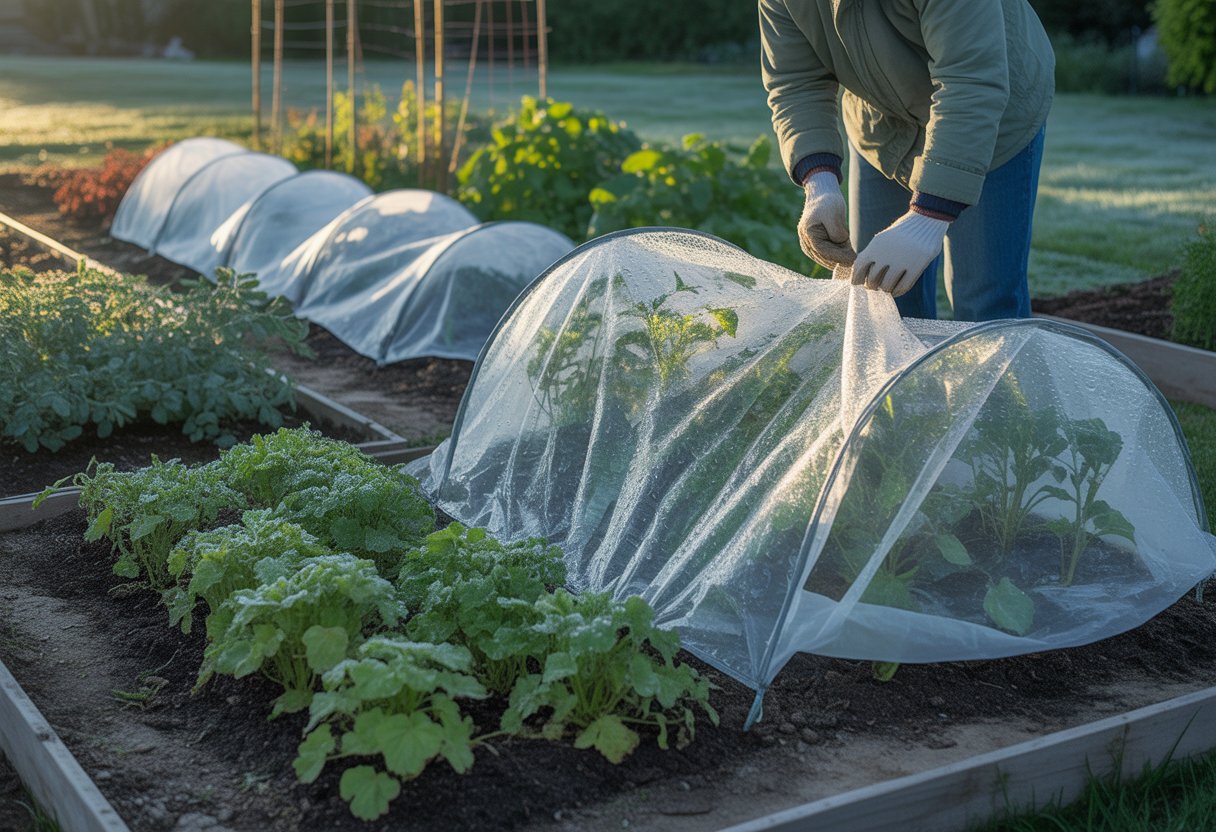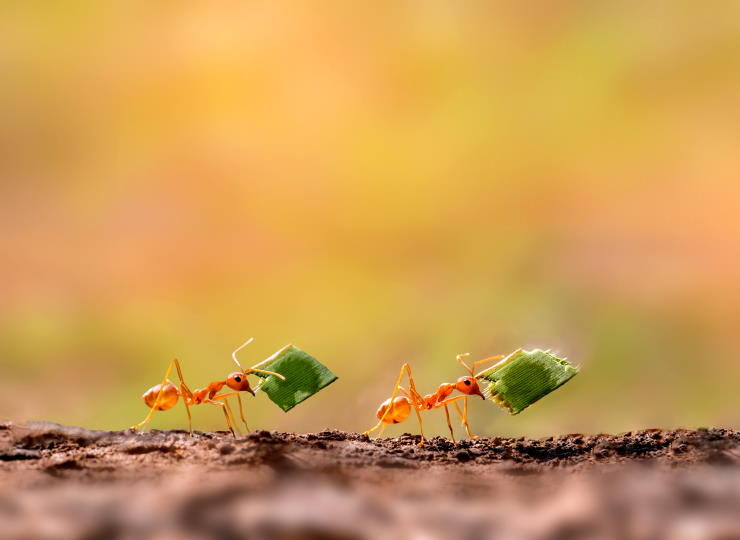Frost Protection for Tender Plants Essential Strategies to Prevent Cold Damage
Tender plants really don’t stand a chance against frost. It can stunt their growth or just finish them off. Protecting them means acting fast and using some straightforward tricks to keep the cold at bay.

Frost protection comes down to covers, mulches, and smart watering. Gardeners who use these methods usually see less frost damage.
Knowing when frost is coming and getting ready for it can make all the difference. Let’s get into some practical steps to help keep those tender plants safe.
Understanding Frost and Its Impact on Tender Plants
Frost freezes the water inside certain plants, wrecking their cells. Tender plants just don’t have the built-in defenses that tougher plants do.
Knowing about plant sensitivity and how cold hurts them helps you protect them better.
What Qualifies as a Tender Plant
Tender plants can’t handle freezing. Most come from tropical or subtropical places.
Think tomatoes, basil, impatiens—these are the classics. Their tissues are delicate, so even a light frost can do real damage.
They need temps above 32°F (0°C) to do well. If frost hits, you might see wilted leaves, black spots, or sometimes the whole plant just gives up.
If you’re growing tender plants outside, you have to watch the weather like a hawk.
How Freezing Temperatures Cause Frost Damage
When it gets cold, water inside plant cells turns to ice. That ice can rip apart cell walls and kill the tissue.
You’ll notice black, mushy, or brittle leaves and stems after a frost. Not a pretty sight.
Frost also dries out plants by pulling moisture through those busted cells. Once the cells are messed up, nutrients and water can’t move properly.
If frost keeps hitting, the odds of permanent damage go way up.
Differences Between Hardy and Tender Plants
Hardy plants have their own tricks for surviving the cold. They make antifreeze proteins, build thicker walls, and go dormant.
These adaptations let them handle frost without much trouble. Evergreens and some perennials are good examples.
Tender plants? They’ve got none of that. That’s why they’re so vulnerable.
If you know which is which, you’ll have an easier time picking plants that actually suit your climate.
Preventative Measures for Effective Frost Protection
Good frost protection means acting fast and picking the right materials. It’s about spotting cold weather early, insulating, tweaking your watering, and using natural covers like pine straw.
Timing and Monitoring Cold Weather Alerts
Keep an eye on the weather. Seriously, check your favorite weather app or website for low-temperature warnings.
Set up alerts for when temps dip below freezing. That way, you’re not caught off guard.
If you act a few hours before a freeze, you can make a big difference. And don’t forget, some spots in your yard might get colder faster than others.
Automated alerts or local frost dates help you plan. The earlier you jump into action, the better.
Mulching Techniques for Insulation
Mulch does wonders. Stuff like straw, bark, or shredded leaves creates a cozy layer that keeps soil heat from escaping.
A 2 to 4-inch layer around the base of your plants works well. Just don’t pile it right up against the stems—it can cause rot or attract pests.
Get the mulch down before the first expected freeze. That gives it time to settle in and start working.
Best Practices for Watering During Frost
Watering before a frost can actually help. As water freezes, it releases heat—so moist soil stays warmer than dry soil.
Try watering in the late afternoon or early evening, so the moisture has time to soak in. Avoid getting the leaves wet, though—wet foliage just freezes and makes things worse.
Keeping the soil moist helps roots stay strong. But don’t overdo it; soggy soil can rot the roots.
Strategic Use of Pine Straw in the Garden
Pine straw makes a great, lightweight mulch. It’s easy to spread and keeps roots insulated.
It also lets air move through, so you’re less likely to get mold or fungus problems. A 2 to 3-inch layer is usually enough.
Pine straw works especially well around perennials, shrubs, and fruit trees. Just be careful not to bury the crowns or stems, or you’ll risk moisture buildup and decay.
Protective Materials and Methods for Frost-Sensitive Plants

Frost-sensitive plants need extra attention when the temperature drops. You’ll want to use insulating fabrics, natural materials that hold heat, and soil boosters to help them tough it out.
Selecting and Applying Frost Cloth
Frost cloth is a lifesaver—lightweight, breathable, and made to keep plants warm without suffocating them. It lets air and moisture through, but traps heat.
Secure the cloth snugly over your plants, making sure it reaches the ground to catch warmth from the soil. Use stakes or frames to support the cloth so it doesn’t crush the leaves.
Take it off during sunny days so your plants don’t overheat and can get some light. You can use frost cloth over and over, so it’s a good investment if you get frequent cold snaps.
Utilizing Straw and Other Natural Insulators
Straw is a classic insulator. Spread it in a thick, even layer—about 3 to 6 inches—around your plants to trap warmth near the roots.
Other options like shredded leaves or hay work too, but only if they’re dry. Wet mulch gets moldy fast.
Straw mulch also helps the soil hold moisture and, as it breaks down, it feeds the soil. Just don’t pile it up against woody stems, or you’ll risk rot.
Role of Compost in Enhancing Plant Resilience
Compost boosts soil structure and packs in more nutrients, making plants tougher against frost. When you add rich, airy compost, roots dig deeper and grab more moisture.
This deeper rooting helps steady soil temperature too. If you toss on a layer of compost before frost season, microbes get busy and nutrients become easier for plants to grab.
That little biological kick helps plants bounce back after a cold snap. Compost also keeps moisture around longer, so those annoying freeze-thaw cycles don’t mess up delicate roots as much.


